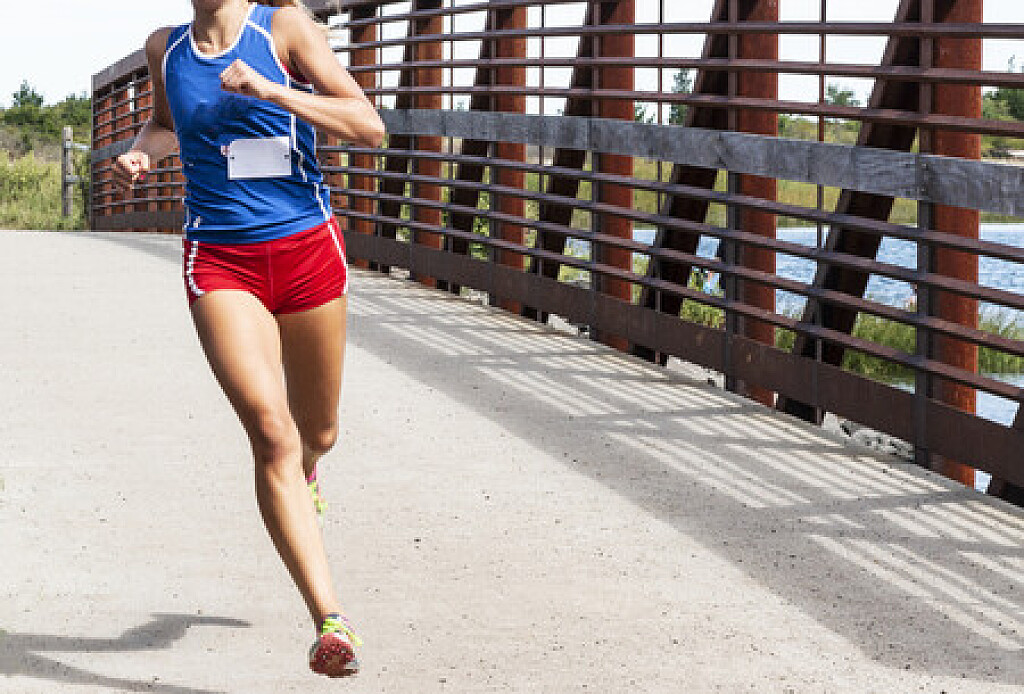Running News Daily
Running News Daily is edited by Bob Anderson. Send your news items to bob@mybestruns.com Advertising opportunities available. Train the Kenyan Way at KATA Kenya and Portugal owned and operated by Bob Anderson. Be sure to catch our movie A Long Run the movie KATA Running Camps and KATA Potato Farms - 31 now open in Kenya! https://kata.ke/
Index to Daily Posts · Sign Up For Updates · Run The World Feed
Back to school: Where to run when kids take back the track
The breezy days of summer are even more carefree for those of us who live near a high school track that’s open to the public. The summer break brings freedom not just to students, but to runners who can pick a lane and do laps whenever they please without fear of gatecrashing a gym class or track meet. For some, open access to a school track is more necessity than luxury—my brother-in-law’s decision to relocate to a small New Brunswick community hinged on a guarantee from the town’s mayor that he’d be able to use the nearby school track (which he got—in writing, no less).
But no matter how welcoming a school is to public track users, the new academic year brings an end of unfettered track access and the need for runners to find an alternate training ground. Here are some things to consider for those wanting to get in their track work without the track.

Outdoor alternatives
With autumn—and arguably the year’s most hospitable conditions for outdoor training—ahead, the search for an alternative to the track should begin outdoors. The kind of location you choose—such as a roadway, a pedestrian path in a park, a trail or a parking lot—probably won’t matter as much as the qualities of that location. Some of the characteristics of a good track alternative include:
A (relatively) straight 400m stretch: While a track alternative needn’t be straight—tracks aren’t, after all—a potential training space shouldn’t have any aggressive turns. Having to negotiate sharp, tricky angles during a hard training session can hinder your performance and could easily result in injury. The stretch should be at least 400m to accommodate interval work, but longer stretches (800m or 1,200m) can open up training options that won’t require you to double back. You don’t need a trundle wheel to get a workable read on the distance. Some park pathways have signed markers at regular distance intervals (although these are more often spaced at every 0.25m, which doesn’t fit the 400-meter mould). The more accessible approach for gauging distance is with a GPS watch. Switching your watch’s autolap to 400m instead of 1 km is one option, but for greater ease and consistency, bring a piece of chalk on your run and mark off the 400m distance.

A flat, consistent surface: Similar to choosing a stretch that’s relatively straight, opting for a consistently smooth and flat surface will let you maximize your effort while minimizing the risk of injury. Roads, asphalt paths in public parks and other paved areas such as parking lots are top candidates for a suitable surface, though they may lose out in other areas. If a paved surface isn’t an option, opt for a dirt or grass surface over gravel for stability.
A low-traffic area: High or unpredictable traffic flow is enough to throw a potential track substitute out of contention. A circular roadway that was put in as part of a newer subdivision near where I live looks like it was created with a running-track shaped mould, boasting near-perfect dimensions and a freshly paved surface. But steady traffic on the road and sidewalks spoiled it as a decent option. Another road not far from it, meanwhile, isn’t as smooth or track-shaped, but it makes for a much more productive space for interval work, due to the scarcity of traffic.
Indoor alternatives
The treadmill: Seen by many as the go-to alternative to outdoor running, the treadmill does have some strengths as a track substitute. It does away with the chief safety and performance concerns—there’s no traffic to worry about, the surface is always smooth and consistent and there are no sudden bends in the route. But it falls short of mimicking the track experience. There’s no air resistance, the machine’s motor dictates how quickly you can accelerate, and the reported speed and distance might be inaccurate or inconsistent from one treadmill to the next. And while the monotony of treadmill running can help strengthen mental toughness, it can also dampen motivation.
The indoor track: Not as readily available to most runners, community indoor tracks offer the stability and consistency of the treadmill without tethering you to a machine. A number of community recreational facilities that have been built over the past two decades feature a 200m walking and running track in a mixed-use space—around a skating rink, for example. Indoor tracks are great for interval work—when they’re not busy. Unlike treadmills, indoor arenas can pose considerable traffic concerns, with walkers and runners sharing a limited number of lanes, so it pays to pick your training times during quieter hours.
by Paul Baswick
Login to leave a comment




